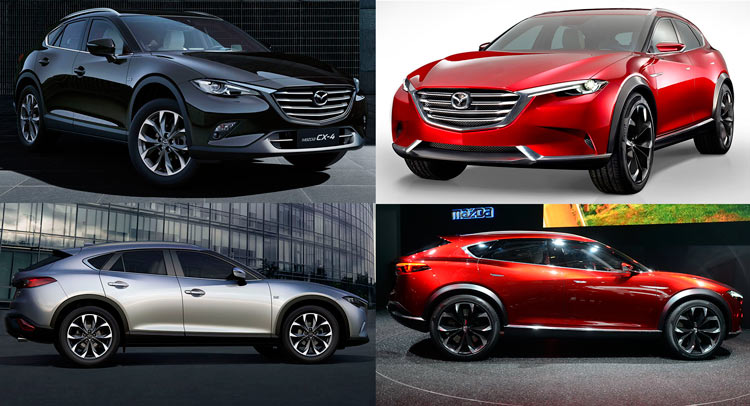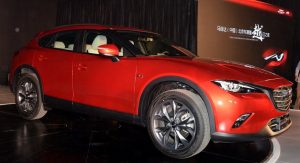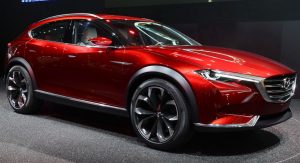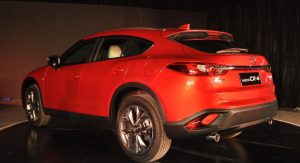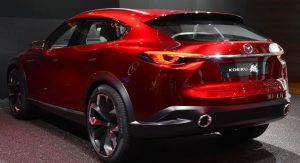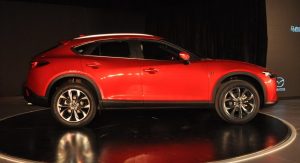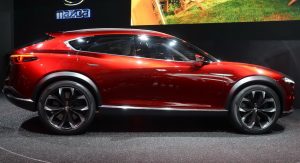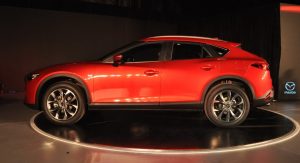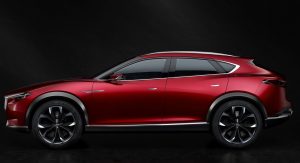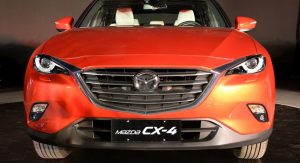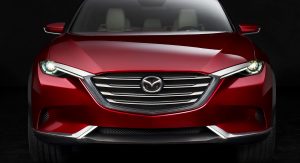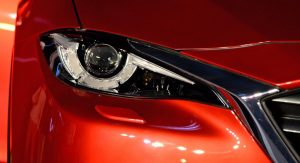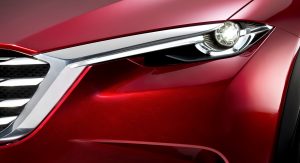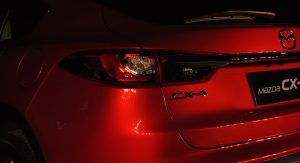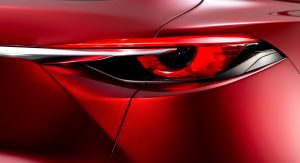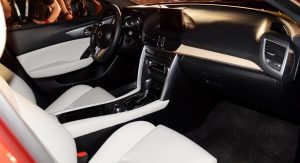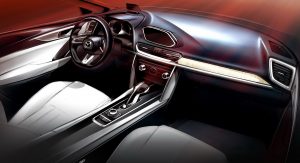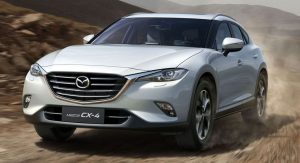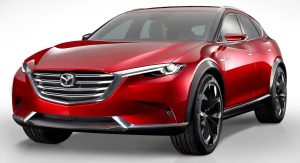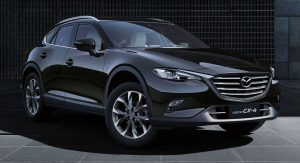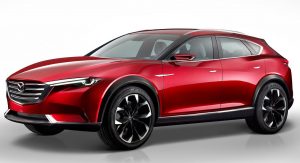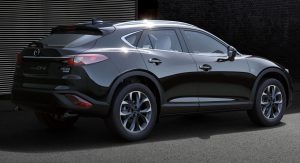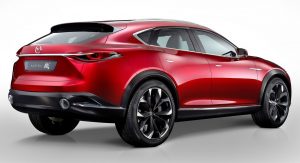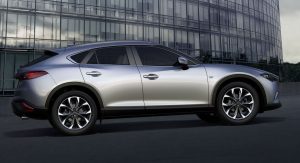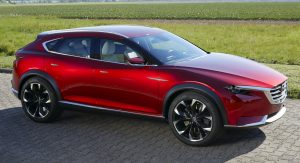China is the world’s largest car market, coupe-crossovers are all the rage right now, so, tap into these two trends and you have a winner.
The truth is, when Mazda rolled out its Koeru concept last fall at the Frankfurt Auto Show, it had us wondering whether it would serve as the replacement for the mid-size, but defunct for quite some time, CX-7 or something completely new.
As we found out a few days ago at Beijing, the production car, called the CX-4, is the coupe version of the CX-5. This makes sense. What is curious is that it’s meant solely for the Chinese market; an odd decision, to say the least, given that this segment is on the rise globally.
No matter – from the moment we laid eyes on the Koeru, we knew two things: a. it was good looking, and b. it was production ready. Of course, concepts are one-offs that can do away with production details and display what the designers had in mind before streamlining the project to make things more cost effective and, of course, compliant with myriads of safety rules.
You wouldn’t, for example, expect those ultra-slim, chrome door handles to adorn the real car; nor, for that matter, the miniscule mirrors or huge alloys that are great on the showroom floor but a pain in real life.
That’s small stuff, really. Want to check out how close the real thing is to the study? Easy: look at their profiles, which are all but identical. Same lines, A- and C-pillar angles, shallow glasshouse and even the blacked-out A-pillar.
The Koeru differs in the parts that make it more impressive, as a concept should be, yet are easy to change in the finished item. For example, the bumpers are more heavily sculpted and have a much more pronounced 3D effect and the LED head- and taillights, though identical in shape, have more intricate inner elements.
The same stands true for the cabin. The shape of the dashboard is exactly the same and that stands for almost everything, from the center console to the position and shape of the infotainment controls and the dash and door inlays.
The Koeru’s aircraft-inspired gearknob is replaced in the CX-4 by a conventional one and the infotainment screen by a tablet that stands out and is currently the norm in all new cars. It’s more cost-effective, too – yet, even though there’s no head up display in the CX-4 (not that we expected one), one would have thought it would have adopted a more futuristic, and not so conservative, approach.
If we had to choose, we’d have preferred the concept’s aggressive front bumper with its sharper lines that give it a less bulbous and more aggressive look and the air intakes’ mesh instead of the gaping plastic that looks (and, we guess, is) cheaper on the CX-4, yet these are small concessions indeed.
Mazda CX-4 live pics from Auto.Sina and Auto163



